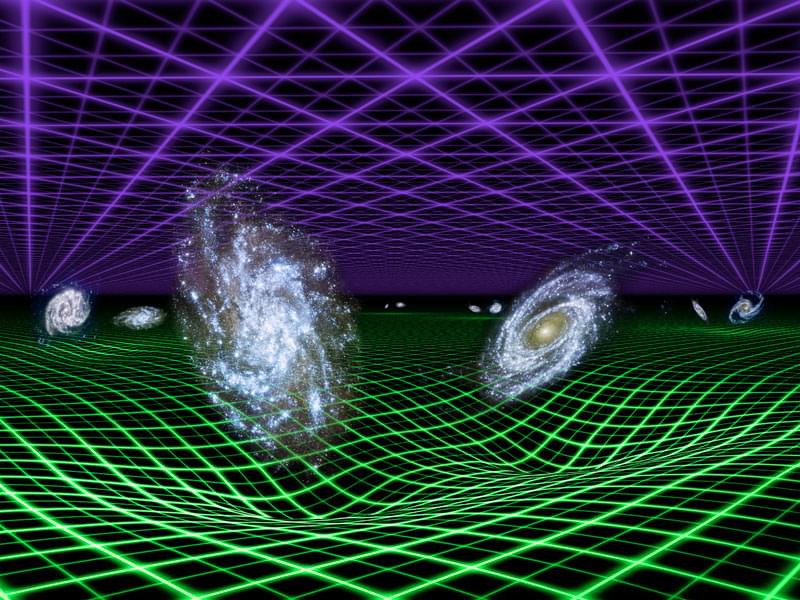Something seems to be missing from the universe, and the favored model of physics calls it “dark matter” – but despite a century of searching, it remains a no-show. A new paper proposes an alternative hypothesis, showing how gravity could exist without mass and produce many of the same effects we ascribe to dark matter.
Einstein’s theory of general relativity is still our best model for describing gravity. As you might remember from high school physics class, gravity is the force that arises from masses resting on the fabric of spacetime. The more mass an object has, the deeper the “dip” in spacetime and the stronger the gravitational pull.
But starting in the 1930s, some strange astronomical observations began to raise questions. Galaxy clusters seemed to be moving much too fast to stay stable based on visible matter, suggesting that far more matter was present than we could see. That led to the hypothesis that huge amounts of invisible stuff – which was dubbed dark matter – pervaded the universe. The idea has held surprisingly strong in observations in the decades since, backed up by the motions of stars within galaxies and the bending and magnifying of light through gravitational lenses.
